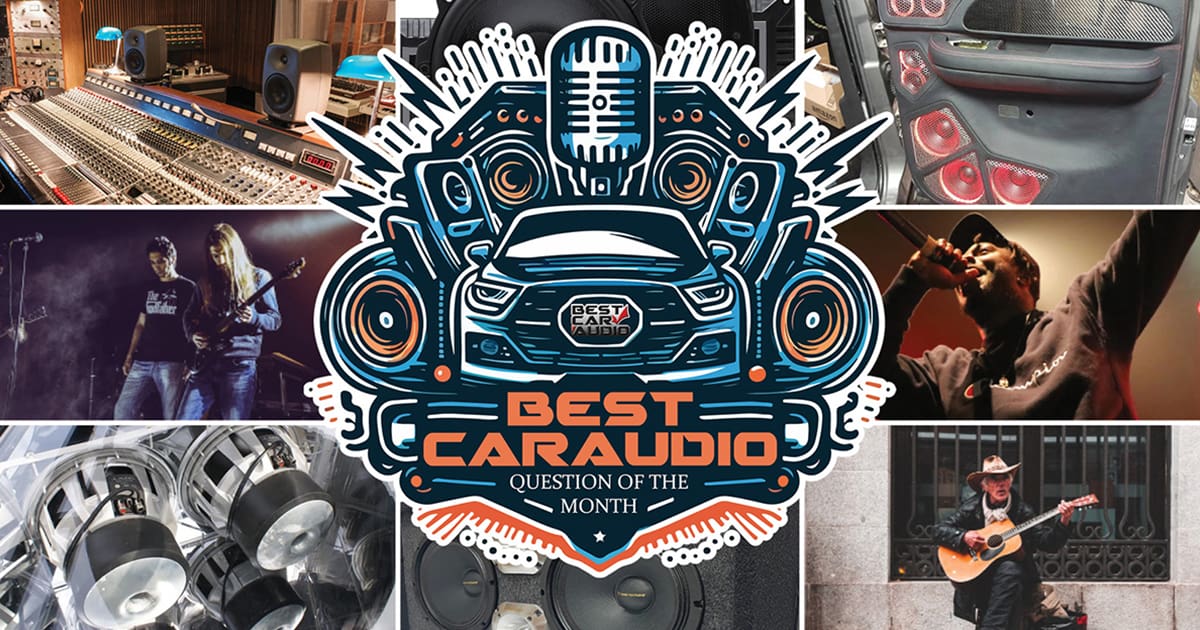Welcome to our third Question of the Month article. This time, let’s look at the answer to “What speakers should I use for a specific music type?” The theory that speaker selection is related to a specific kind of music is nothing new. While there are some considerations in system calibration, a good speaker is a good speaker. Allow us to explain.
The Mechanics of Music
Music comprises two primary components: voices and instruments. The performer might be a bass who sings from D2 to E4, which is just under 74 hertz to 330 hertz. They might be a soprano and sing between B3 and C6, which is 246 and 1,046 hertz. Singing a specific note means the fundamental or loudest frequency will be distinct. What makes James Brown, Michael Jackson and Eminem sound different from Adele, Madonna or Tina Turner is the amplitude of the harmonics in their voices. Singing a specific note creates many more frequencies than just the note alone.
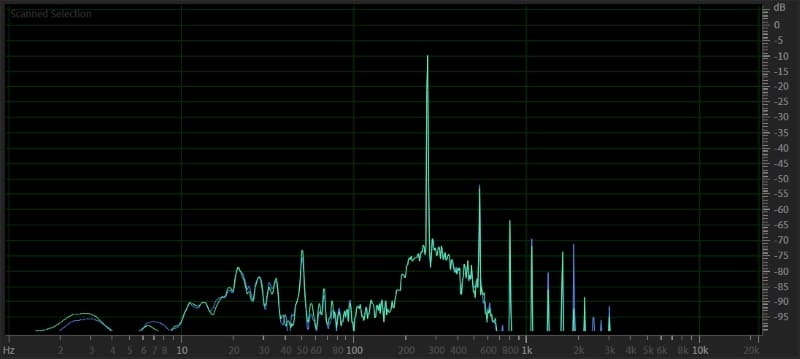
The image above is the frequency response analysis of someone humming Middle C. The fundamental frequency at 262 Hz is easy to see. What makes that sound different from that of the same note played on a piano or sung is the amplitude of the harmonics. We can see harmonics at 524 Hz, 786 Hz, 1,049 Hz, 1,314 Hz, etc. The amplitude of these harmonics is what gives the sound its tone. The performer hummed this note rather than signing it. As such, the amplitude of the harmonics is relatively low, meaning there is very little high-frequency content.
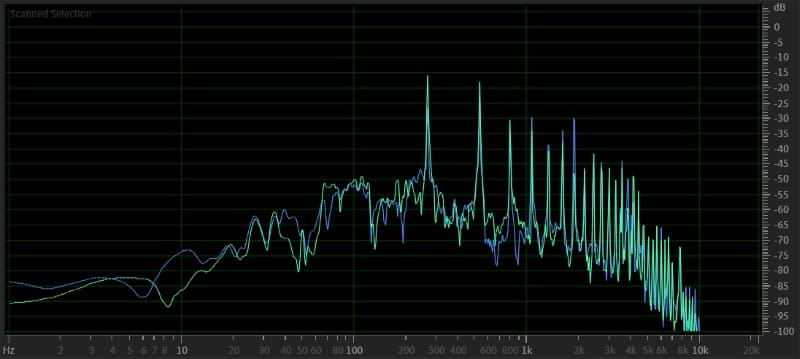
Here we have another Middle C. The fundamental is at the same 262 Hz. However, the harmonic content is much different. The first harmonic at 524 hertz is at almost the same amplitude. The third harmonic at 787 hertz is down about 10 dB. Higher frequencies have much more harmonic content, giving the piano note a brighter sound.
If the piano and the person singing are to sound authentic, an audio system must reproduce the fundamental frequency and all the harmonics at the same relative amplitude as in the recording. Imagine if there were a bump in the frequency response at 500 hertz. Now, the second harmonic in both samples would be much louder. Would this sound like the same note? Maybe, but the tonal balance would be off, and it wouldn’t sound like the same person humming or the same piano being played.
So, whether the music you are listening to has synthesizers and computer-generated sounds or is a church choir, an orchestra or a rock band, smooth frequency response is crucial to accurately reproduce all types of music.
Harmonic Distortion Affects Tone
If you’ve read our series of articles on midrange speaker and subwoofer quality, you know that low-quality speakers produce much more harmonic distortion when played loud or at low frequencies. Harmonic distortion is the same as what we looked at with a performer or instrument. A speaker plays a note, which might be Middle C. Because of a speaker’s non-linearities and potential resonances, it adds harmonics to that frequency. The louder the speaker plays, which correlates to more cone motion, the more it adds unwanted harmonics.
Here’s an excellent example of speakers that produce a lot of harmonic distortion. Go to almost any car stereo SPL contest. You’ll find dozens of people who have vehicles with doors filled with P.A.-style midrange speakers. They typically try to get these speakers to play midbass frequencies down to 80 Hz. When they turn up the volume, it sounds terrible. That’s because the speakers have minimal excursion capabilities. So, while the signal to the voice coil calls for the cone to move back and forth maybe 4 or 5 millimeters in each direction, the suspension and voice coil height limits them to only a few millimeters. The result is mechanical clipping and a ton of harmonics added to the signal. The result is a garbled mess.
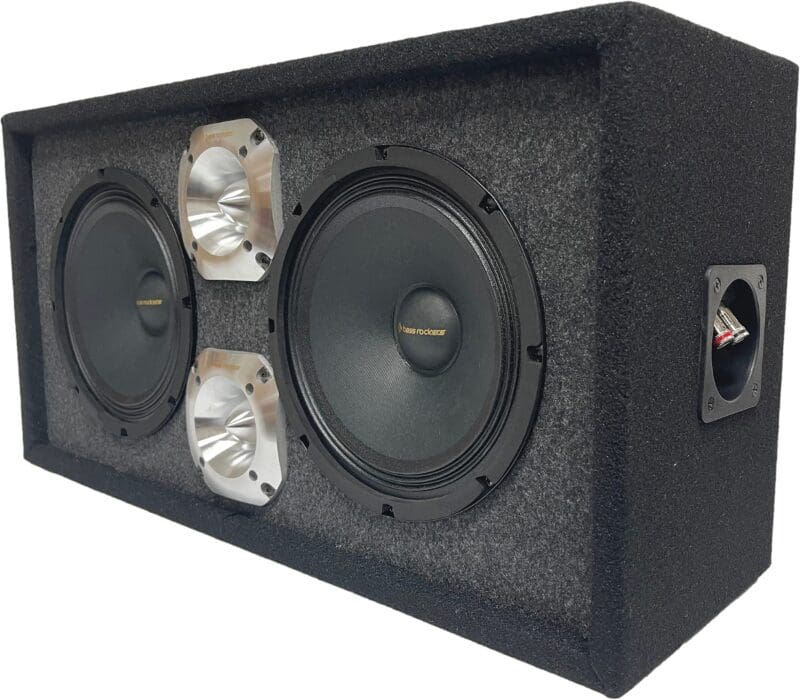
For a speaker to sound good, it must be incredibly linear regarding cone excursion versus input signal. This linearity requirement starts with the suspension compliance needing to be as equal as possible at all usable excursion levels. The motor and voice coil’s strength must be consistent at all excursion levels. The inductance of the voice coil needs to be consistent. The cone, dust cap and surround shouldn’t resonate on their own. It’s all straightforward in concept, but very few companies take all of these criteria into account during the engineering phase of speaker development. Even then, it’s usually only on their most premium products.
Technologies like an aluminum shorting ring into the top plate can help reduce inductance and improve midrange performance. A copper T-yoke cap or sleeve further improves linearity and reduces distortion. A cone from a material like pressed and treated paper offers excellent damping characteristics that can help prevent unwanted resonance. In short, a well-engineered speaker will reproduce your music without adding massive amounts of unwanted harmonic distortion.
No matter what type of music you enjoy, a speaker that adds less distortion will sound more precise.
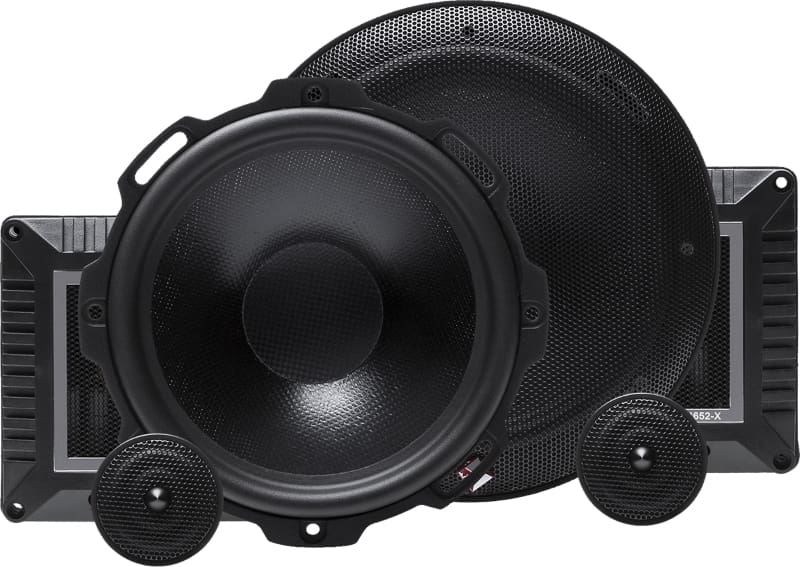
Recording Studios and Music Types
Recording studios usually have a single main speaker system in the control room. They don’t change the speakers for different artists. They might have a rock band in one week, then record a country artist the next. Nothing in the control room changes other than what the music sounds like. If you pay attention to the top studios, you’ll find they use extremely high-end monitoring speakers from companies like Genelec, Neuman, Dynaudio or JBL Pro. Once installed, a technician will calibrate these systems to deliver a smooth frequency response in the listening position behind the console. This process ensures that voices and instruments sound as realistic and natural as possible.
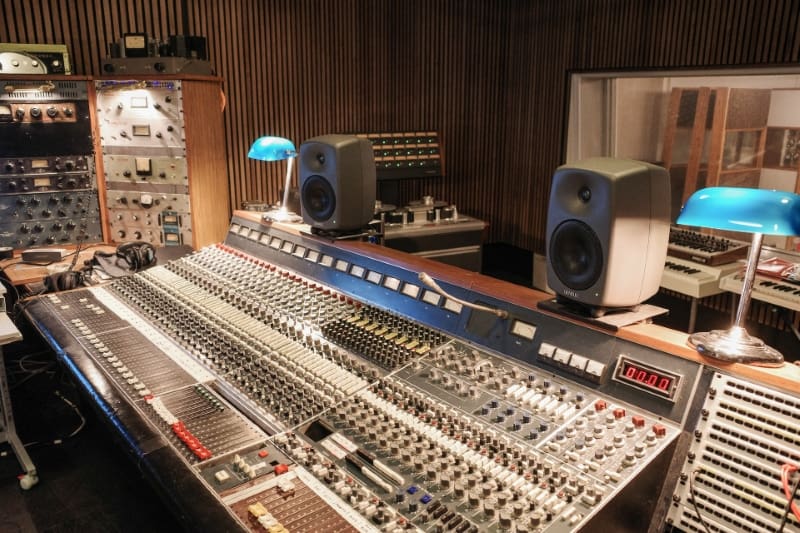
Why, if recording studios don’t have to change anything for different genres of music, would you need different speakers? See where we’re going?
System Design and Calibration
The speakers you use in a car audio system depend on the design of the system, not the type of music. The midrange you’d likely use in a four-way system with a subwoofer, midbass, midrange and tweeters differs from what you’d use in a three-way system. They don’t have to be different, but they usually are.
Until now, we’ve justified that high-quality speakers will sound good with all kinds of music. However, there are system design differences that depend on your listening style. If you listen to classic rock, you might not need a system that produces a lot of bass below 35 Hz. As such, you can likely get away with a sealed subwoofer enclosure, especially if space in the vehicle is a concern. On the other hand, if you listen to EDM, you’ll probably want a more efficient subwoofer system in the bottom octave. This doesn’t mean you can’t use similar subwoofers for both, but the enclosure design and the system calibration might change.
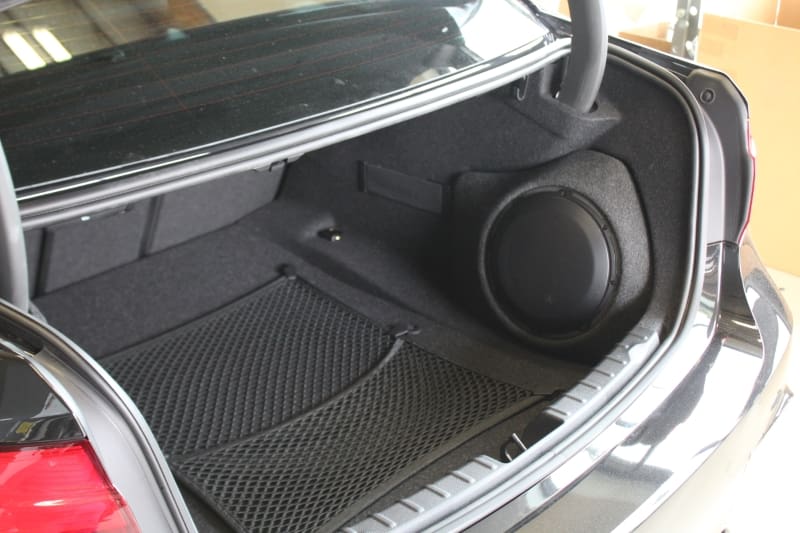
Next, we must consider the overall amount of bass in a system. If you want your car stereo to sound like a set of tower speakers in your living room, a 10-inch subwoofer in a bass reflex enclosure with a 600-watt amplifier is likely enough. If you want to rattle the rearview mirror and annoy your neighbors, then a pair of 15-inch subwoofers and 2,500 watts of power will likely be more your style. Once again, you can use the same brand and series of drivers for both. However, trying to get a single 10-inch subwoofer to produce 40 hertz at 150 dB SPL isn’t going to end well.
Let’s expound on the two system designs. That single 10-inch subwoofer would work well with a 6.5-inch component set in the front doors. This configuration would make a nice three-way system. If you want the relative volume of the vocals to keep up with a pair of 15-inch subwoofers, you will need many more speakers. A pair of 6-inch midbass drivers or a single 8-inch midbass driver in the doors, 4-inch mids and a set of tweeters would be a good starting point. Replicating that configuration in the back doors would also be a good idea. If you have subwoofers with impressive output capabilities and enough power to drive them, a third row of speakers above the subwoofer enclosure is also an option. You are, of course, going to need more amplifier channels to make all this work.
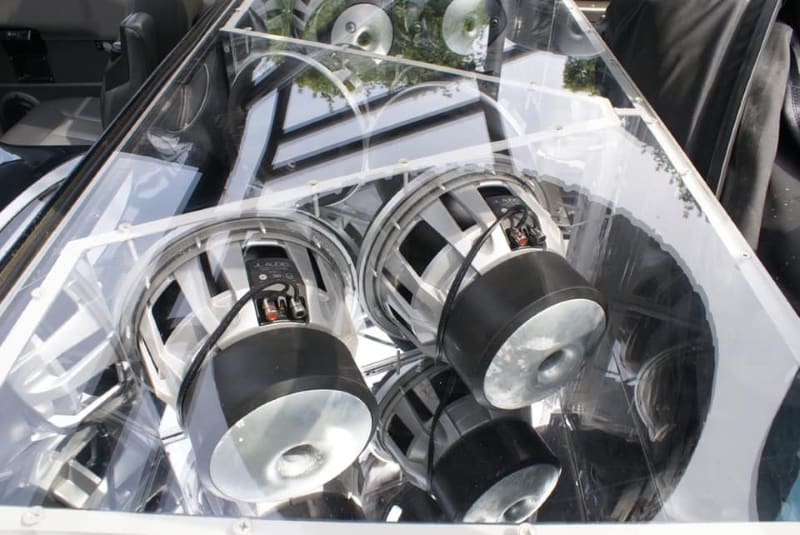
The previous paragraph considers system design and output requirements. The simple three-way and high-output systems could use drivers from the same brand and series. Where the drivers are filtered might change, however. Once again, if you want your music to be clear, detailed and accurate, all that matters is the quality of the speakers.
There is a difference in speaker choice if you want the system to play louder. You’ll have to choose speakers with good power handling specifications and more excursion capability. The speaker difference doesn’t change for a type of music, but it might if you consider how loudly you listen to your music.
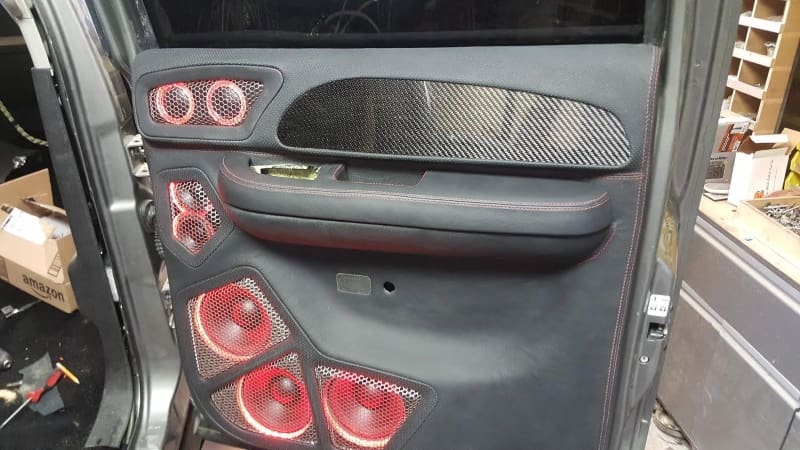
Pick Great Speakers, and Your Music Will Sound Great
So, what’s the bottom line regarding pairing specific music types with specific speakers? There is no correlation between the two. Good speakers will sound good with every kind of music. Low-quality speakers might not sound good and will definitely distort more at higher volume levels. Drop by a local specialty mobile enhancement retailer today to audition speakers for your vehicle. They can help you pick a solution that suits your budget and ensure that everything is installed, configured and calibrated properly.
